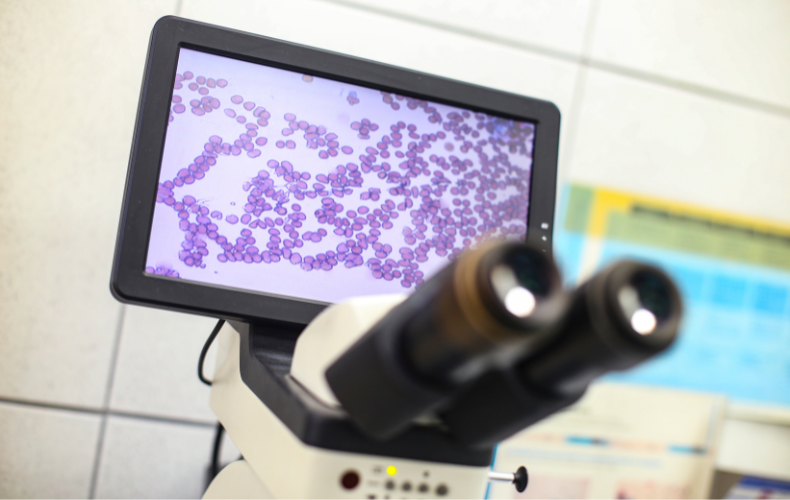
One of the most exciting recent developments in the field of stem cell research has involved Very Small Embryonic-Like Stem Cells or VSELs.
VSELs are pluripotent, which means that they can transform themselves into other types of cells. These stem cells can become:
- An Ectoderm cell, which can be used within the nervous system and to form skin
- An Endoderm cell, which can be part of the liver, pancreas, gastrointestinal tract, or respiratory tract
- A Mesoderm cell, which can form bone, muscles, connective tissue, cartilage, or part of the circulatory system
But for VSELs to change into these other cells, they need biological or chemical signals. One of the challenges faced by researchers is finding out how to tell these stem cells what to turn into, so they can be used for various medical treatments without the risk of rejection.
Unlike many other types of stem cells, Very Small Embryonic-Like Stem Cells have the ability to regenerate themselves. That makes them ideal for use in regenerative medicine, which seeks to find medical treatments that regenerate many parts of the human body. Regenerative medicine aims to repair damaged tissue and organs by harnessing the human body’s repair mechanisms. Some areas of research for regenerative medicine include:
- Repairing damage to the skin from cancer, burns, and scarring
- Repairing cells in the cardiovascular system
- Treating type 1 diabetes
- Repairing the central nervous system
- Regenerating ocular tissue
Clinical trials on animals have already demonstrated that enriched VSELs have the ability to differentiate into neuronal cells, retinal stem cells, and photoreceptors. Researchers believe that this could lead to cures for blindness, macular degeneration, retinitis pigmentosa, and other degenerative eye diseases.
One research project demonstrated that VSELs can repair damage caused by Scleroderma. It is an autoimmune disorder which causes fibrosis of the skin and organs. This research has led scientists to believe that VSELs may be of substantial use in treating many more skin conditions.
VSELs in Umbilical Cord Blood
When Very Small Embryonic-Like Stem Cells were first discovered, research was restricted because of the moral issues involved with taking stem cells from discarded embryos. However, in the last few years, researchers have discovered the presence of VSELs in a newborn baby’s umbilical cord blood.
With Cells4Life’s Whole Cord Blood Storage service, expecting parents have the opportunity to preserve the VSELs, as well as other cell types, hormones, and growth factors within the cord blood. The cord blood collection process is simple, non-invasive, and painless for both mother and baby as the collection happens once the umbilical cord is clamped and cut. Saving the cord blood means preserving the valuable cord blood stem cells for future use in advanced medical procedures including regenerative medicine.
Because a newborn baby’s cord blood stem cells are autologous (exact match), they can use these stem cells without the risk of rejection. A sibling also has a 25% chance of being a perfect match to their newborn sibling’s cord blood stem cells. While parents are always a partial match.
Read Related Article: 3 Major Types of Stem Cells Found in a Newborn Baby’s Cord Blood
By cord blood banking, you are preserving an extremely valuable medical asset for future use.
Want to learn more about how to store your newborn baby’s cord blood sample privately? Download FREE Cord Blood Info Pack or contact one of our specialists – 04 3116613.

